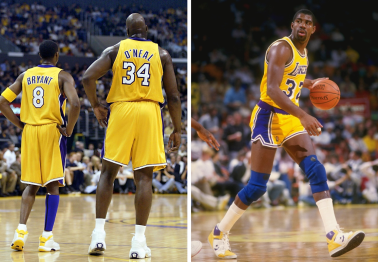Making the NBA is overcoming every chip on the table stacked against you. There are 30 teams with 15 roster spots apiece, meaning there are only 450 basketball players on Earth in the league at a time.
It makes sense the best high school players tend to favor going to college basketball programs who consistently churn out NBA talent like Duke, Kentucky, Kansas and North Carolina. However, I've always been a believer that talent combined with hard work finds a way no matter where a player spends his college days.
We've seen players who were overlooked at big programs, players from Division II schools, players from overseas and players from NAIA schools all make the jump. But what about Historically Black Colleges and Universities?
Currently, Los Angles Clippers forward Robert Covington is the only active NBA player who attended a HBCU. Covington was a stud at Tennessee State and graduated in 2013.
Although, star players have made an effort to bring more awareness to HBCUs in recent years. For example, Chris Paul, who played his college hoops at Wake Forest, enrolled at Winston-Salem State to finish his degree in 2020 and has been a huge HBCU advocate throughout his career.
That being said, there have been several players from HBCUs that became legends, All-Stars, champions and Hall of Famers throughout the history of the NBA.
Let's take a closer look at the best 10.
The 10 Best NBA Players From HBCUs
Charles Oakley, Virginia Union
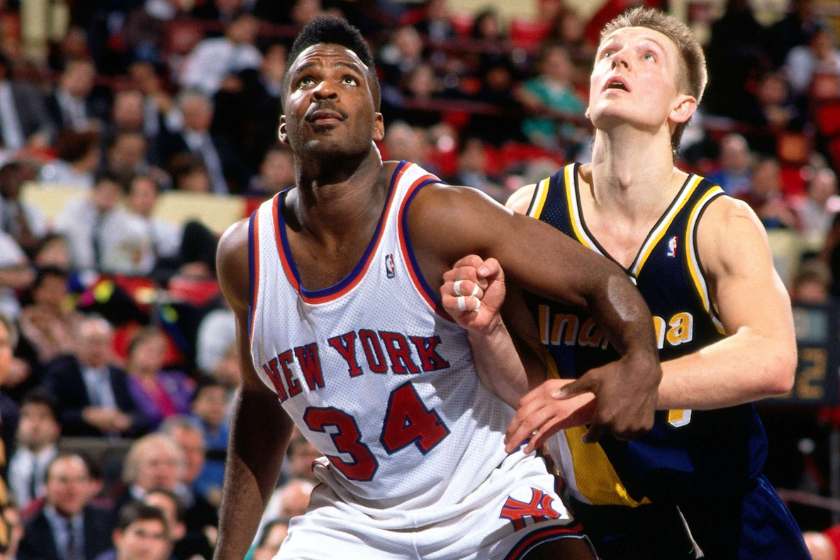
Nathaniel S. Butler/NBAE via Getty Images
Charles Oakley was Michael Jordan's right-hand man during his early career with the Chicago Bulls. Unfortunately for Oakley, he was traded to the Knicks before the Bulls took over the league in the '90s.
However, Oakley found success in The Big Apple and served a key role in the fun Knicks teams of that era. The Virginia Union alum enjoyed a long 19-year career with the Bulls, Knicks, Toronto Raptors, Washington Wizards and Houston Rockets in which he averaged 9.7 points and 9.5 rebounds.
Oakley's stats may not jump off the page, but he was absolutely the guy you wanted to have your back.
Sam Jones, North Carolina Central
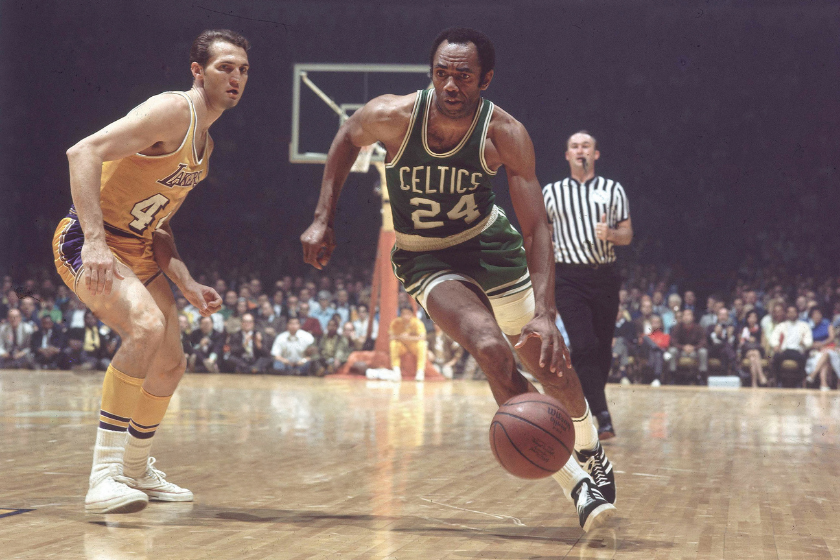
George Long /Sports Illustrated via Getty Images
The Big Three of the Boston Celtics dynasty of the 1960s were Bill Russell, Bob Cousy and Sam Jones. Russell was known for his rebounding and defense, Cousy for his passing and ball handling and Jones for his clutch shooting.
The shooting guard won 10 NBA championships and made five NBA All-Star teams while averaging 17.7 points, 4.9 rebounds and 2.5 assists over his 12-year career. He was inducted into the Basketball Hall of Fame in 1984.
Rick Mahorn, Hampton

Focus on Sport/Getty Images
Rick Mahorn was a key member of the "Bad Boys" Detroit Pistons' first NBA championship. Mahorn was a defensive pest who held down the paint and rebounded while Isiah Thomas ran the show.
A second-round pick in the 1980 NBA Draft, the front-court player spent 18 years in the league with four different franchises.
Earl Monroe, Winston-Salem State
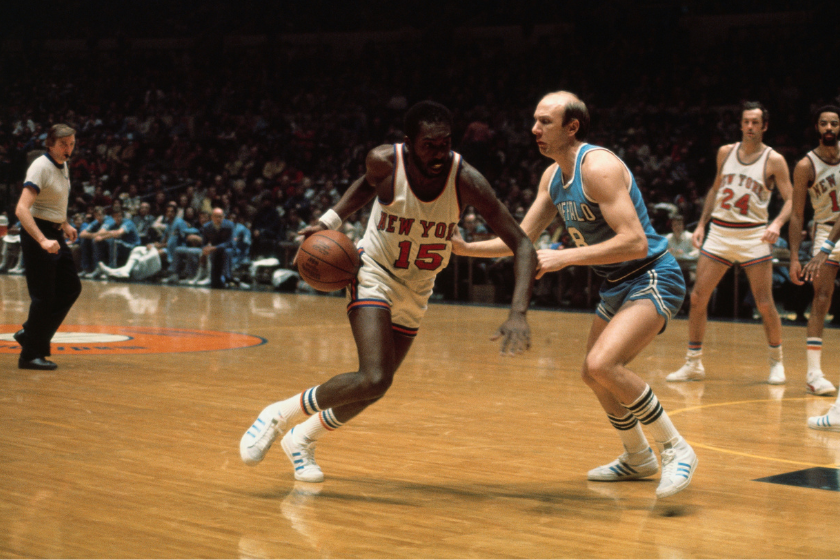
Bettmann via Getty Images
Earl "The Pearl" Monroe won the NCAA Division II College Player of the Year and a national title in his final year at Winston-Salem State. He carried that momentum right into the NBA. In his 13-year career with the Baltimore Bullets and New York Knicks, "The Pearl" won the Rookie of the Year Award, led the Knicks to a championship in 1973 and made four All-Star teams. He was deservedly elected into the Basketball Hall of Fame in 1990.
To top it off, Monroe was a joy to watch because he was showman at heart.
Ben Wallace, Virginia Union

John Biever/Sports Illustrated via Getty Images
RELATED: 9 NBA Players Who Should Be in the Hall of Fame But Aren't
Man, that 2004 Detroit Pistons team was awesome. A big reason why is because of the big man in the middle, Mr. Ben Wallace. The center was essentially nonexistent on the offensive end (he only averaged 5.7 points for his NBA career), but he was a brick wall on defense. Wallace won the NBA Defensive Player of the Year Award four times, a record he shares with Dikembe Mutombo, and cleaned up on the boards. He snagged 9.6 rebounds per game during his career, and his career best 15.4 mark in 2002-03 is ridiculous.
Wallace was long considered a snub for the Hall of Fame, but he was rightfully inducted in 2021.
Marques Haynes, Langston

Bettmann via Getty Images
This one is cheating since Marques Haynes didn't play in the NBA, but I would be remiss to leave out one of the greatest Harlem Globetrotters of all time. Haynes was a magician with the ball in his hands and loved putting on a show. There didn't seem to be any ball-handling trick he couldn't do.
Bob Love, Southern
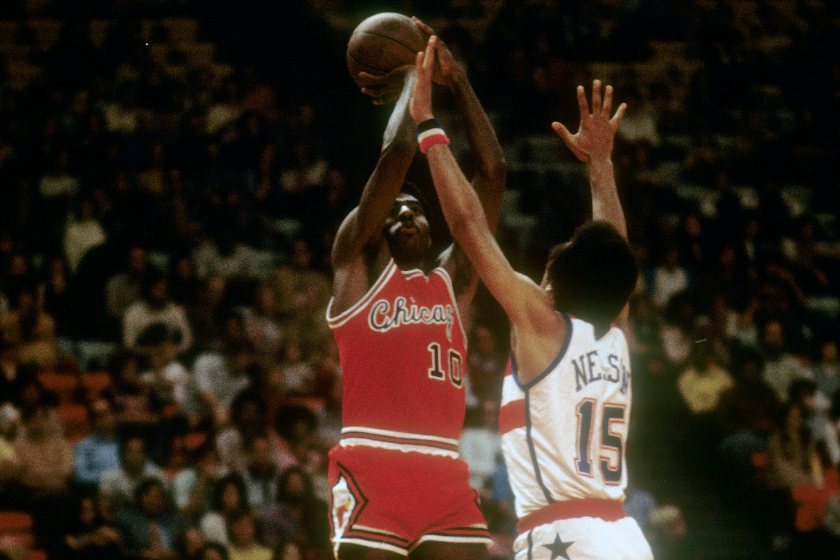
Focus on Sport/Getty Images
Before Michael Jordan, Bob Love was the face of the Chicago Bulls. The Southern grad averaged 17.6 points and 5.9 rebounds over his career while making three All-Star teams, two All-NBA Second Teams and three All-Defensive Second Teams.
Love's No. 10 was the second number retired in Bulls franchise history.
Willis Reed, Grambling State
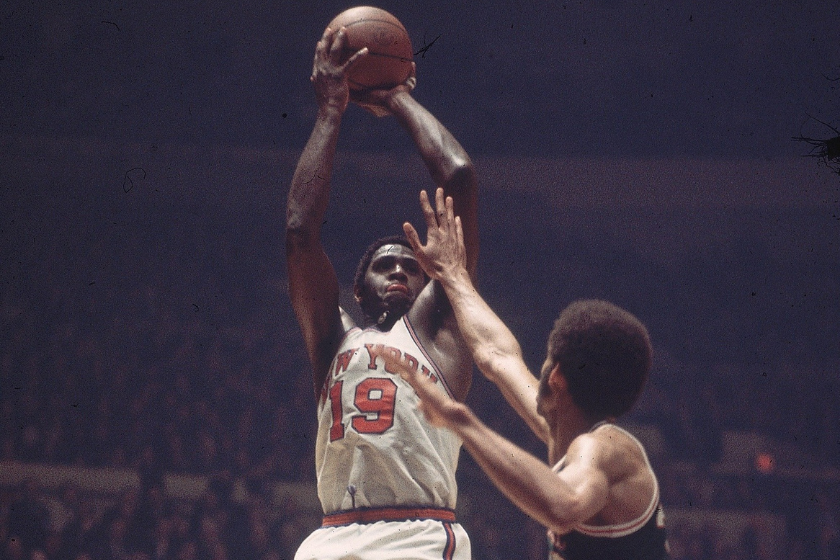
Walter Iooss Jr./Sports Illustrated via Getty Images
Reed's entrance for Game 7 of the 1970 NBA Finals is legendary. It's the most legendary highlight of a legendary career. The greatest New York Knick of all time, Reed led the franchise to two NBA titles, winning Finals MVP both times. Not to mention he won the Rookie of the Year Award, the regular season MVP in 1970 and was a seven-time All-Star.
Reed was also a successful executive after his playing career. As the general manager of the New Jersey Nets, he put together the teams that made back-to-back NBA Finals appearances in 2002 and 2003. He was inducted into the Hall of Fame in 1982.
Zelmo Beaty, Prairie View A&M
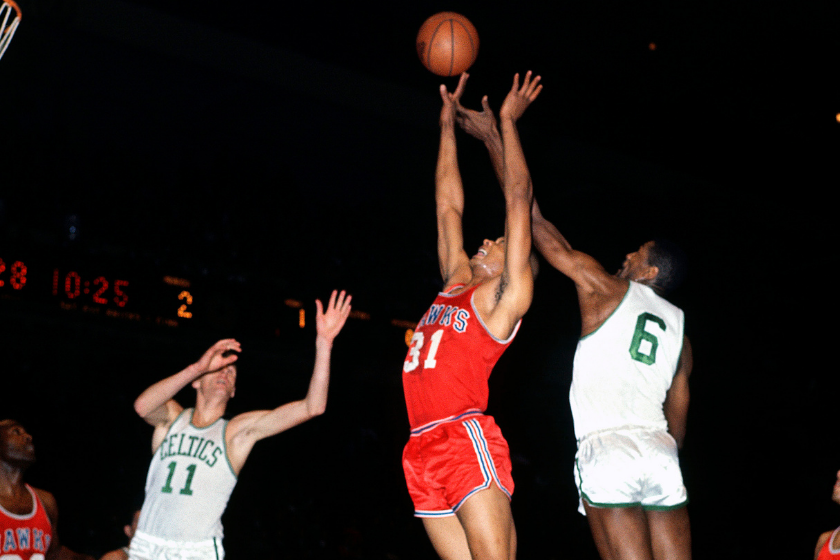
Focus on Sport via Getty Images
Zelmo Beaty was a double-double machine with the St. Louis/Atlanta Hawks and Los Angeles Lakers. He averaged 17.1 points and 10.9 rebounds over the course of his career and won an ABA championship with the Utah Stars in between NBA stops.
Although Beaty's pro career was impressive, his college career is more impressive. He put up 25 points and 20 rebounds per game at Prairie View A&M. Absurd. He was inducted into the Hall of Fame in 2016.
Bob Dandridge, Norfolk State University
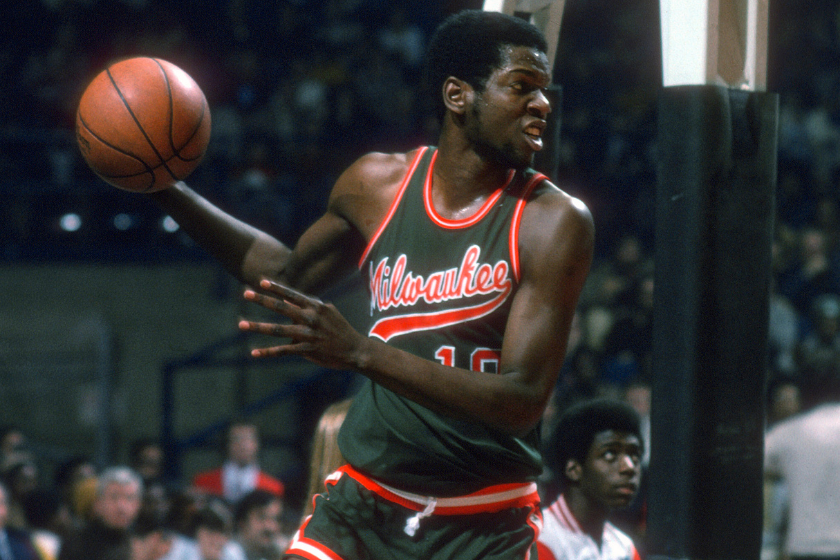
Focus on Sport via Getty Images
Dandridge was an integral member of the 1971 Milwaukee Bucks championship team. The third option behind Kareem Abdul-Jabbar and Oscar Robertson, Dandridge was a formidable offensive threat and averaged 18.5 points for his career. He also won a championship with the Washington Bullets in 1978
Dandridge might be one of the most underrated players in NBA history, but he received his due recognition when he was inducted into the Basketball Hall of Fame in 2021.

